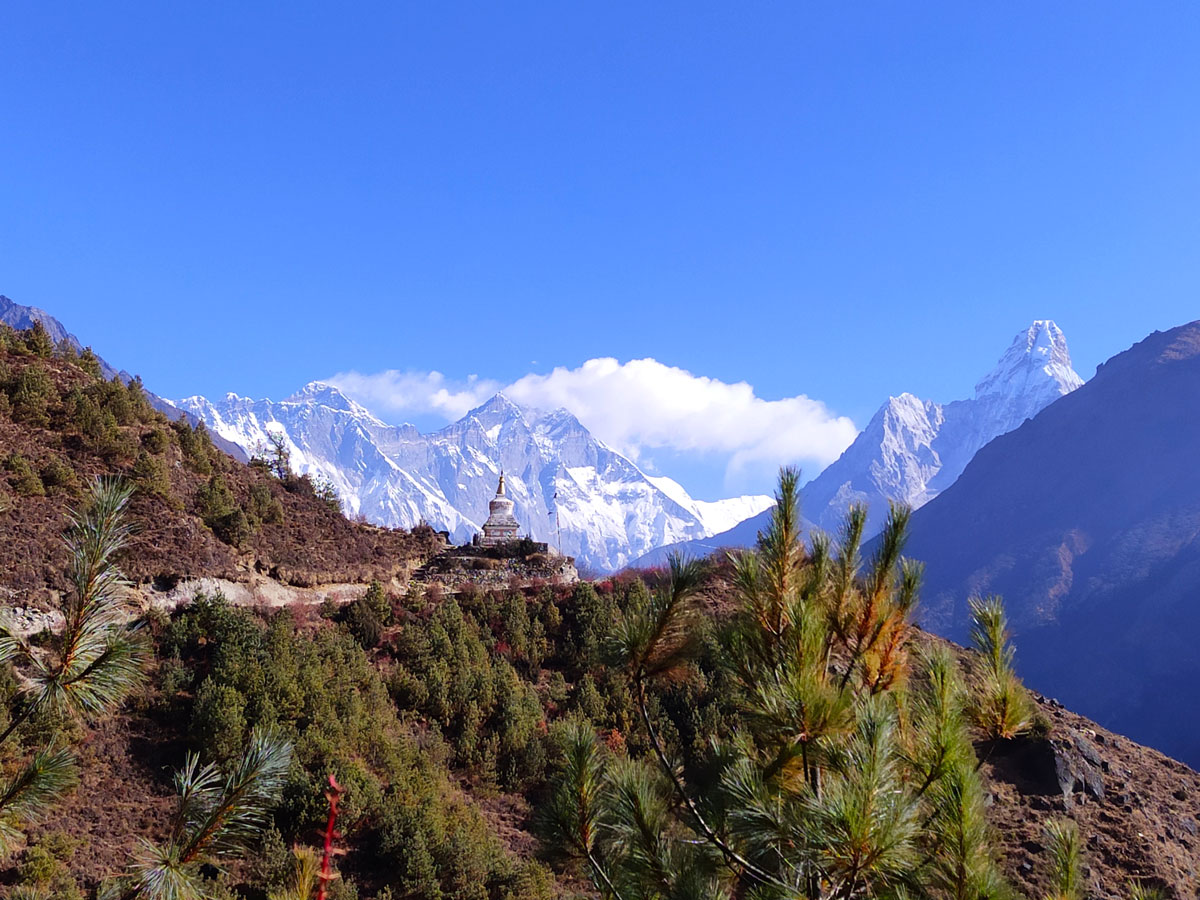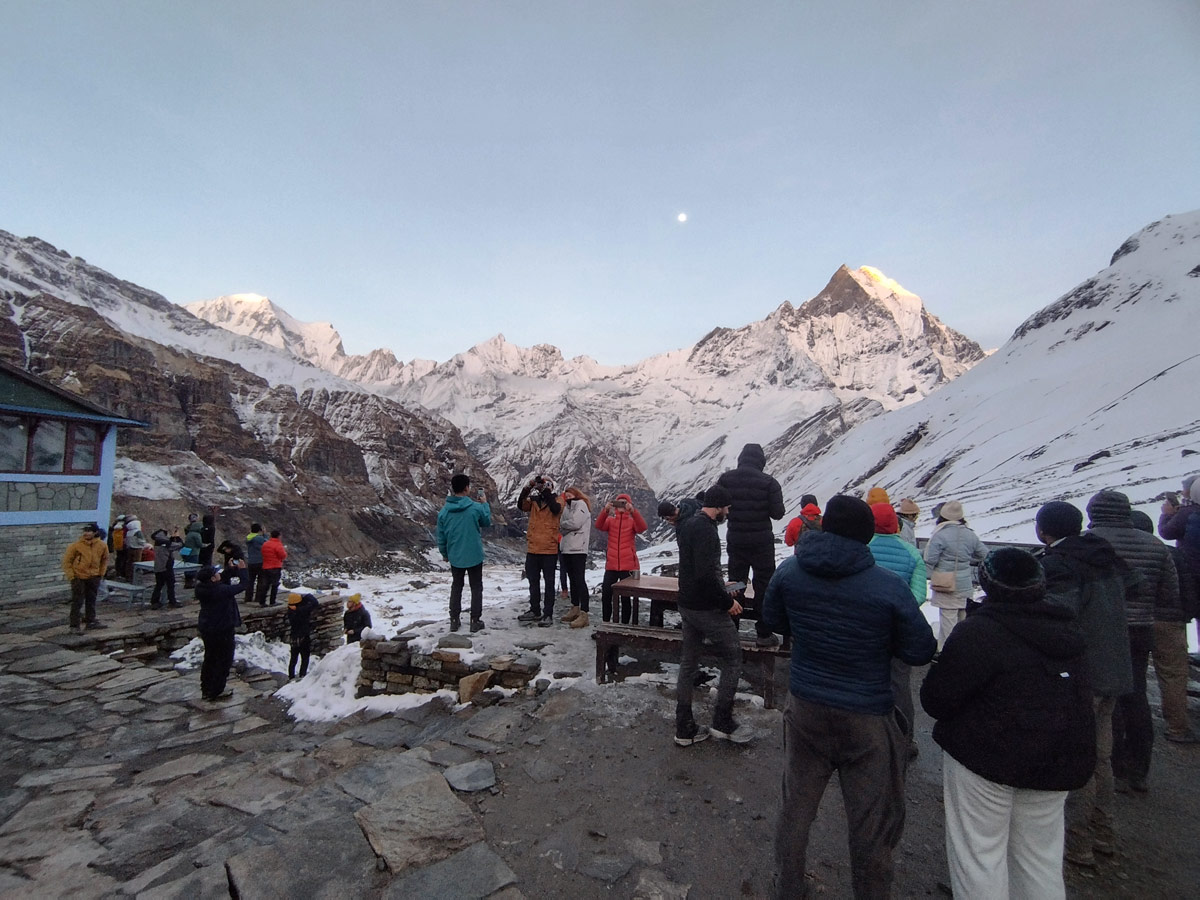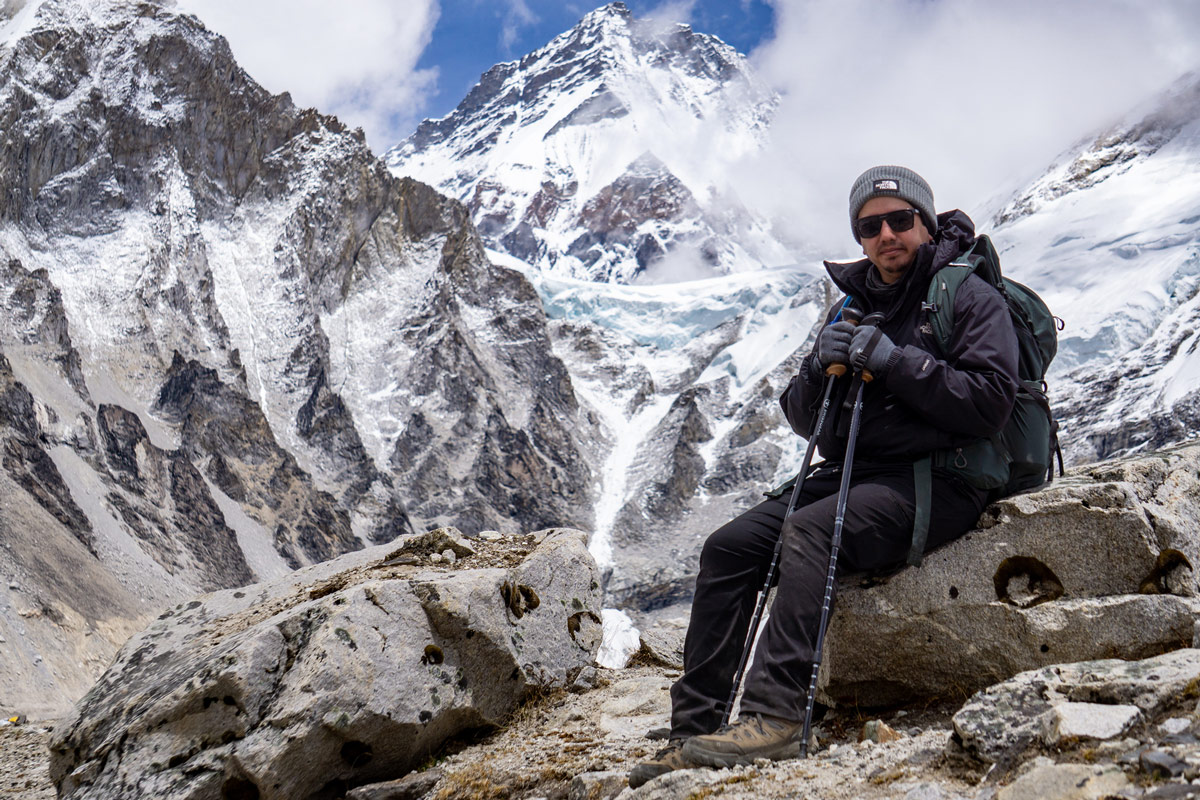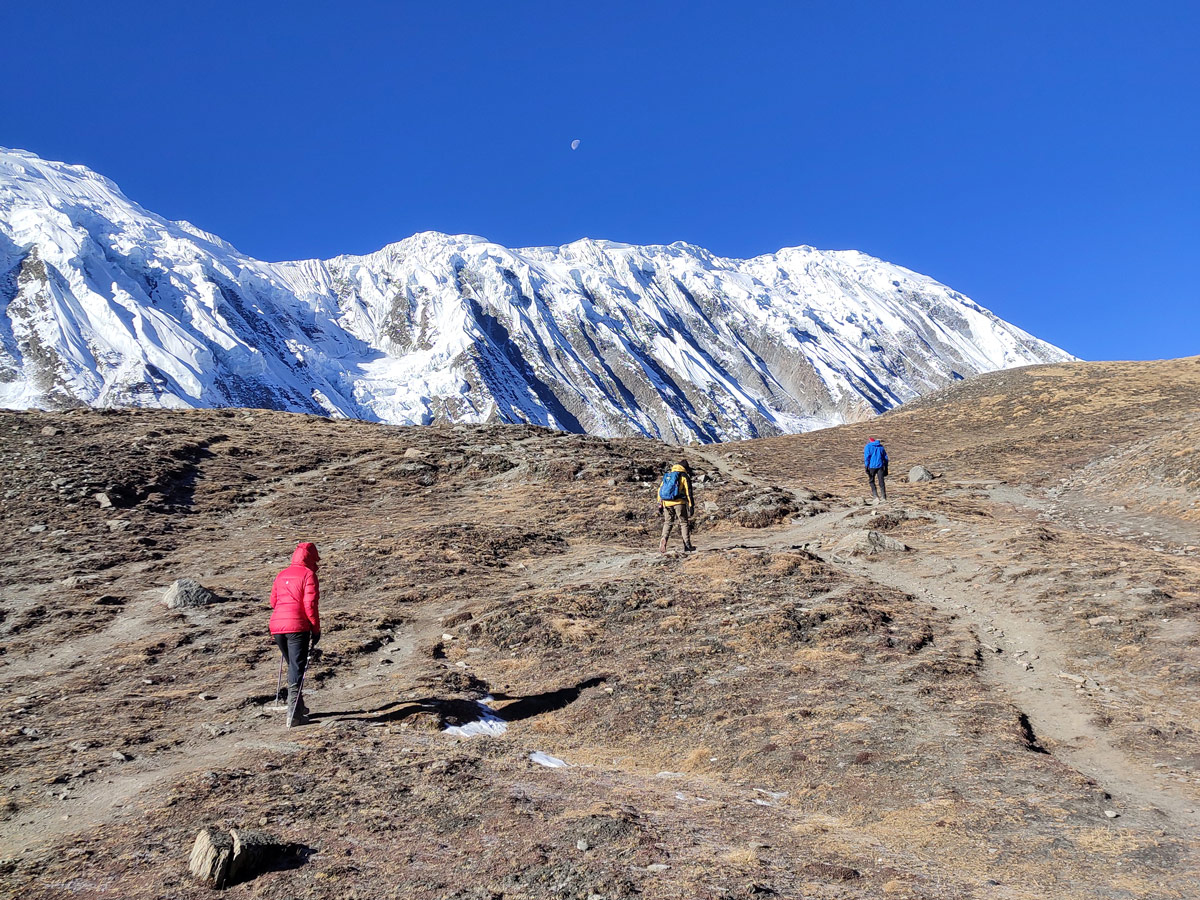Nestled amidst the eastern Himalayas of Nepal, the Sagarmatha National Park is one of the twelve national parks of Nepal. Listed as a UNESCO World Heritage Site, it houses and gazes straight upon the snow-capped Mt. Everest.
This national park is the perfect blend of natural beauty, rich biodiversity, and cultural significance. It provides unparalleled experiences to the visitors transcending mere sightseeing.
Therefore, in this blog, we delve into details of the Sagarmatha National Park beyond the allure of Everest.
Overview of Sagarmatha National Park
Geography and Climate
The Sagarmatha National Park covers an area of 1148 sq km with a buffer zone of 275 sq km in the Himalayan ecozone in the Khumbu region of Nepal. It is home to and is named after the highest peak in the world- mount Everest.
Established in 1976, this region features an altitude starting from 2,845 m at Monjo which extends up to 8,848.86 m at the top of Everest.
It lies amongst the towering peaks of the elaborate Mahalangur sub-range and is bordered by the Dudh Koshi River in the south and the Bhote Koshi River in the east.
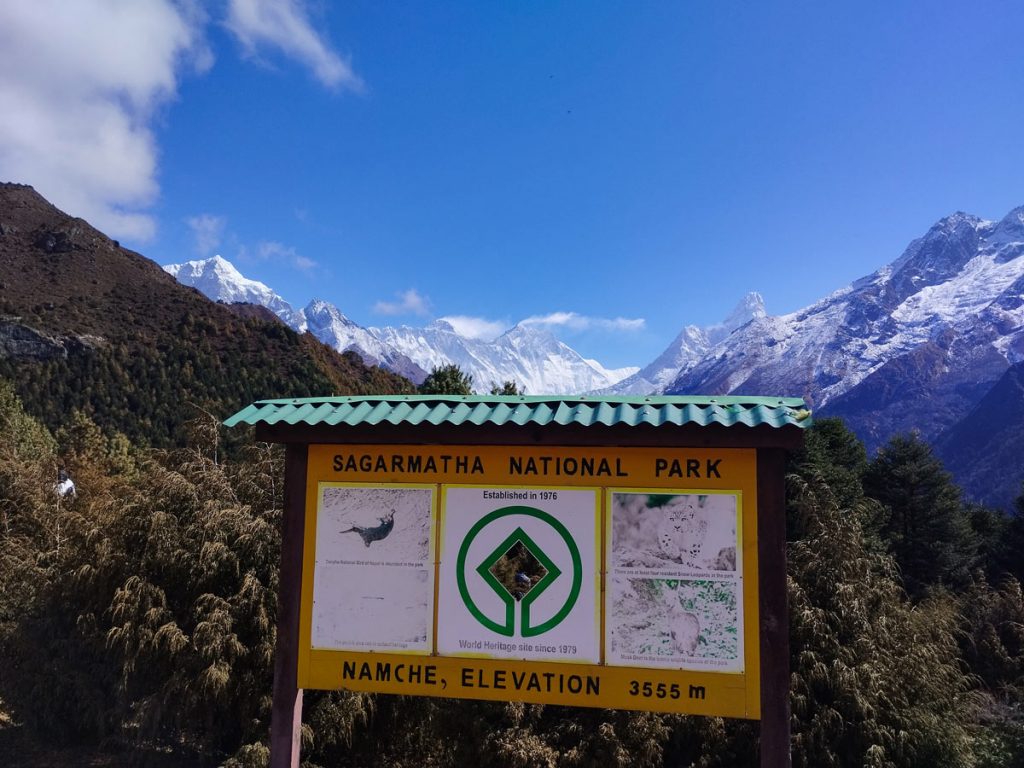
The landscapes here are mainly characterized by rugged terrains, deep gorges of the Himalayas, icy glaciers, and towering peaks. Topping it off are the high-altitude passes, deep valleys, beautiful lakes, and stunning waterfalls.
Besides Everest, the region features several peaks like Lhotse, Cho Oyu, Nuptse, Thamserku, and Ama Damblam, and massive icy glaciers like Ngozumpa Glacier, Imja Glacier, Khumbu Glacier, and Khumbu Icefall.
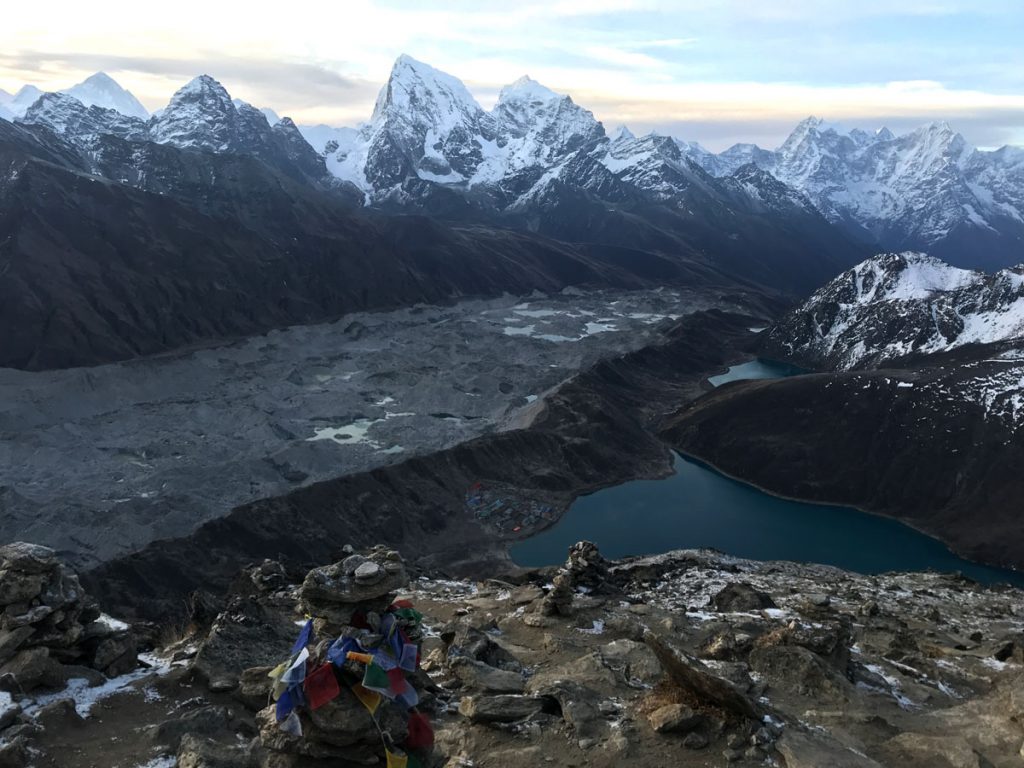
Given the wide range of altitudes, the region experiences a mix of different climates. While the lower regions experience a humid subtropical climate, it transforms into a subalpine zone and finally into a dry polar climate as you ascend.
Flora and Fauna
A haven for biodiversity, the landscapes in the Sagarmatha National Park undergo a significant transformation as you cover the massive altitude gap of 6,003 m and reach higher altitude points of the region.
The lower altitudes are adorned with rhododendron forests along with junipers, birches, and towering blue pines. With the gain in altitude, the landscapes start getting dominated by the alpine meadows.
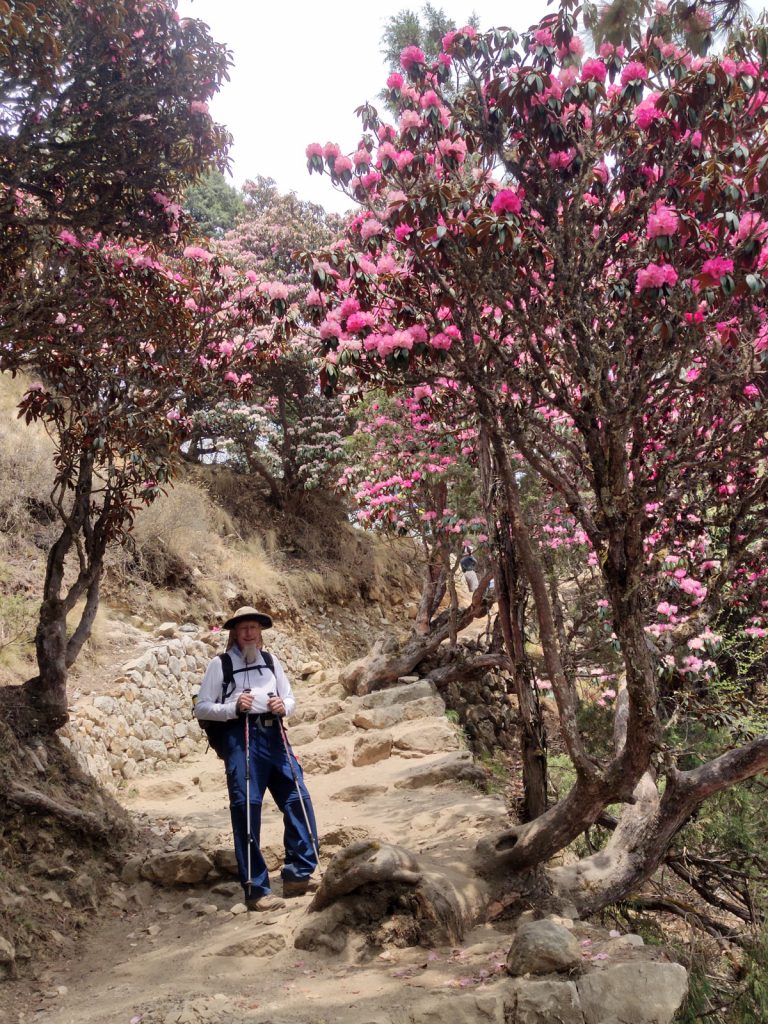
Endemic plants and wildflowers including the likes of scrubs, edelweiss, and gentian cover these landscapes giving a vibrant pop of color against the backdrop of pristine snowcapped peaks.
The Sagarmatha National Park is home to a diverse range of fauna too with visitors catching glimpses of the elusive snow leopard perfectly camouflaged against the snow all thanks to its spotted coat.
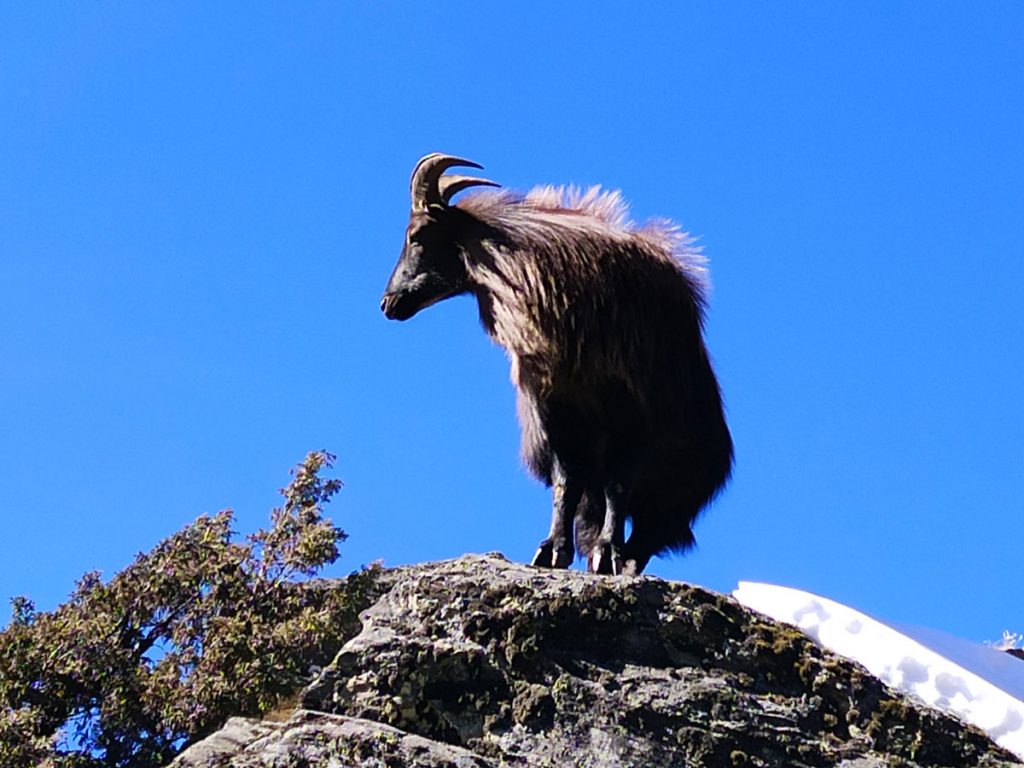
Besides this, the region also inhabits Himalayan tahr, red panda, musk deer, marten, Himalayan black bear, and Himalayan mouse hare.
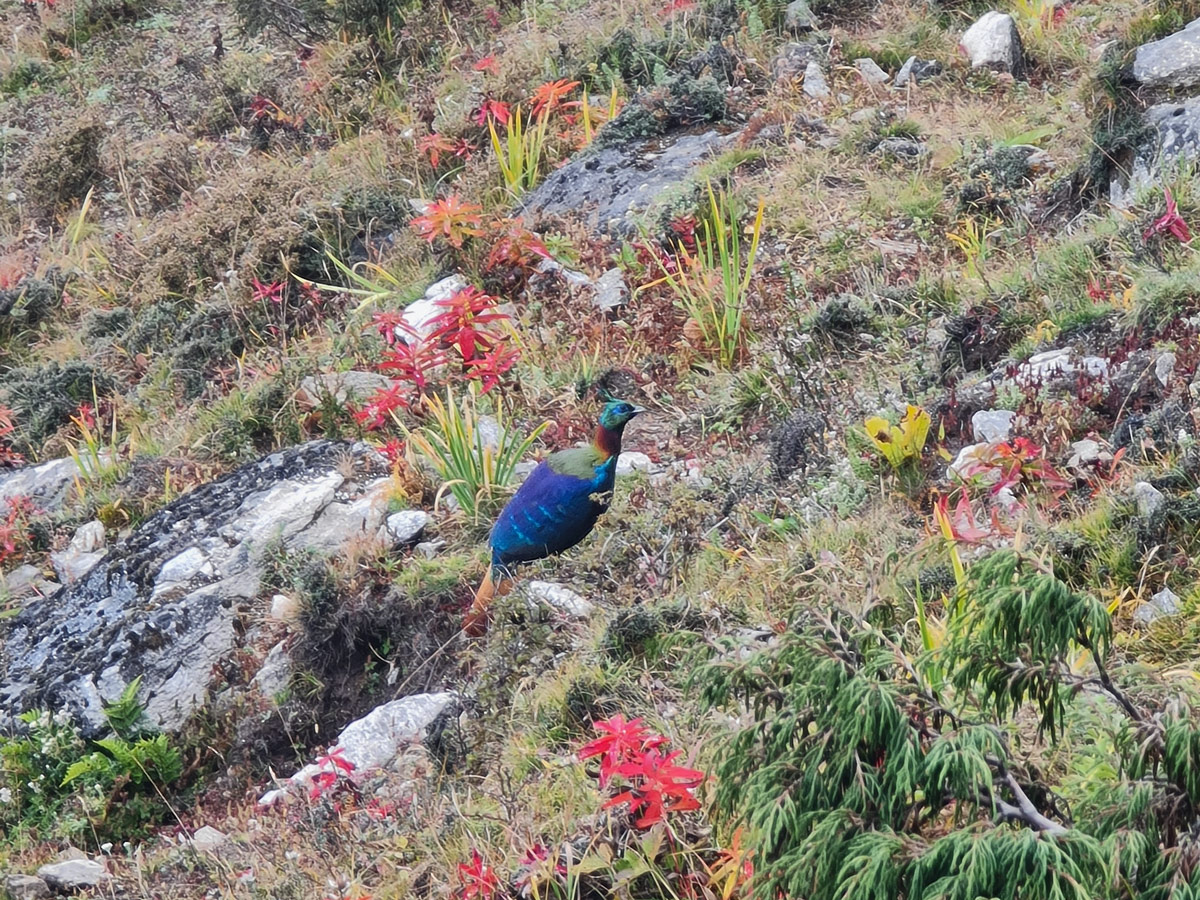
A sanctuary for birdwatchers, the region boasts a vibrant birdlife with over 118 species of birds including the Impeyan pheasant, snow cock, red-billed cough, blood pheasant, and other avian species.
Cultural significance
Beyond being a natural wonder, the Sagarmatha National Park is also a cultural mosaic and is home to the guardians of the Himalayas- the Sherpas.
Tibetan Buddhism is predominant in this region as the lives of the Sherpas have been interwoven with the teachings of Buddhism for centuries. Villages like Namche Bazaar, Khumjung, Pangboche, and more offer a glimpse into their deep-rooted traditions.
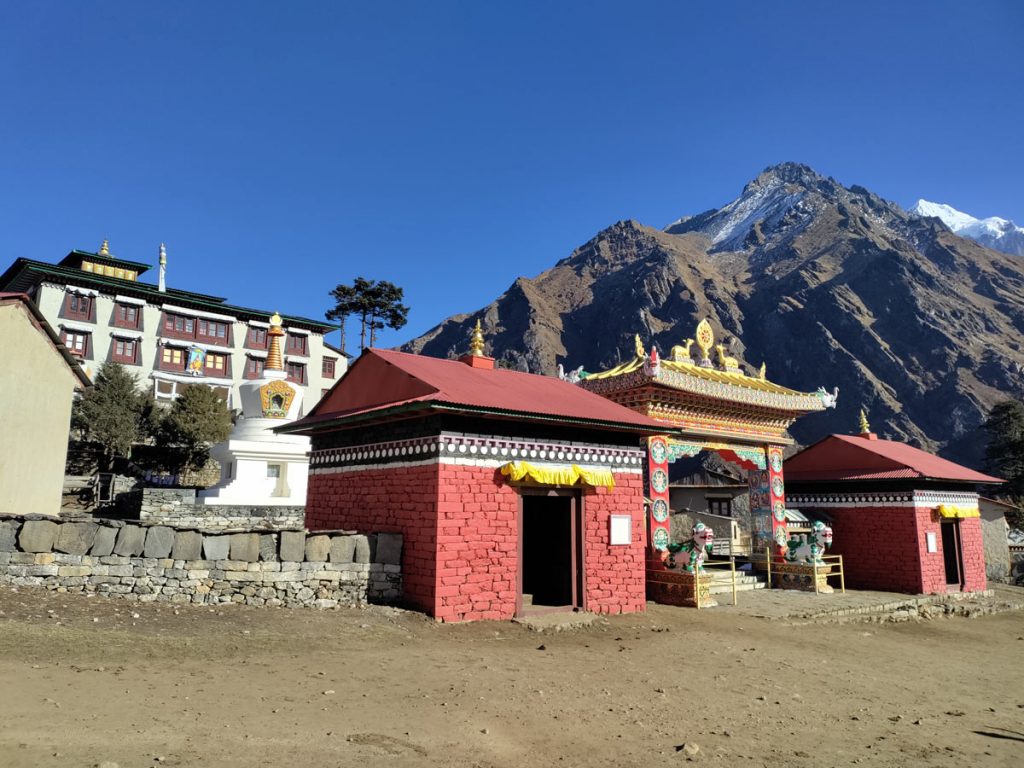
The region is home to several monasteries like the Tengboche monastery where people come together to celebrate local festivals like Dumji and Mani Rimdu offering spiritual experiences and a deep connection to the Sherpa culture.
Major Attractions in Sagarmatha National Park
Mt. Everest
The highest peak in the world, Mt. Everest (8,848,86 m) is the crowning glory of the Sagarmatha National Park. It is undeniably the major attraction of this region beckoning visitors from all over the world to witness its allure.
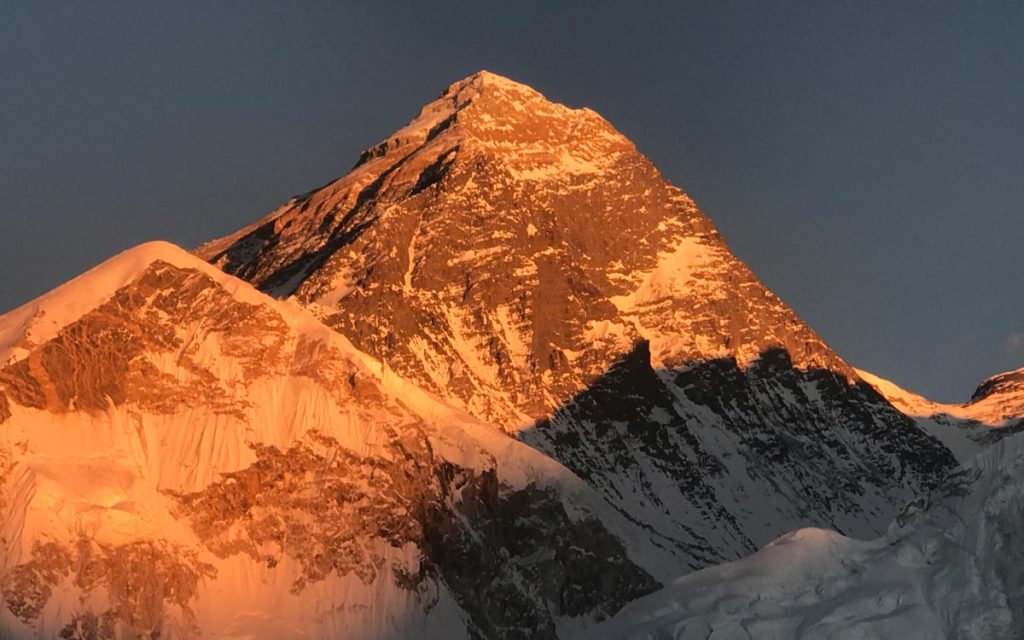
Locally known as Sagarmatha, this peak is also regarded as a pilgrimage by many people as it is considered the Goddess Mother of the world.
This peak is also open for adventures like trekking, mountain biking, as well as mountaineering expeditions. However, climbing Mt. Everest is a rather risky and very challenging adventure.
Trekking Routes
For trekking enthusiasts, Sagarmatha National Park is a paradise as it offers a bucket list of adventures catering to the needs of beginners as well as seasoned trekkers wanting to reach the proximity of Everest.
Everest Base Camp Trek
The most iconic trek worldwide, the Everest Base Camp trek is the main trekking route of this region that takes you to the foothill of Mt Everest after traversing a variety of landscapes.
A 14-day adventure starting from Lukla all the way to the Everest Base Camp, this trek traverses along some of the major viewpoints of the Everest region like Namche Bazaar, Hotel Everest View, Tengboche, Dingboche, Lobuche, Gorakshep, Kalapathhar, and finally EBC.
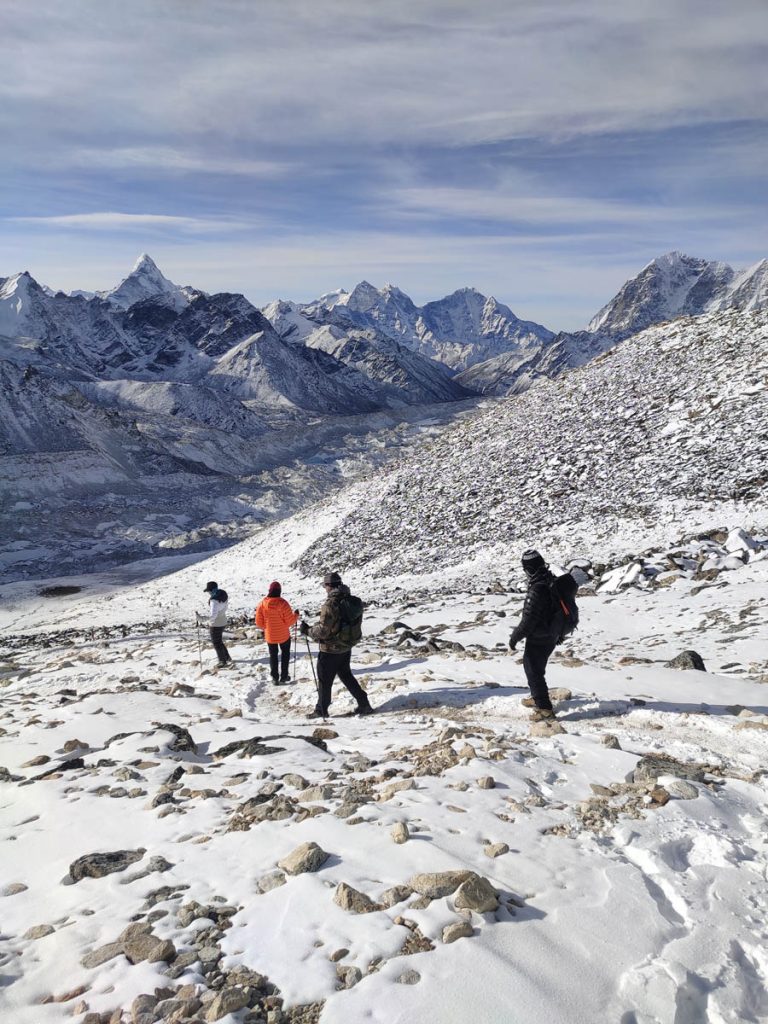
During the EBC trek distance, trekkers get mesmerizing views of several peaks in the region including Mt. Everest, Pumori, Lhotse, Nuptse, Lobuche, and many more.
Gokyo Lake Trek
For those wanting a quieter experience, the Sagarmatha National Park also offers a Gokyo Lake trek which takes you deeper inside the park while giving you amazing views of Cho Oyu, Makalu, and Everest.
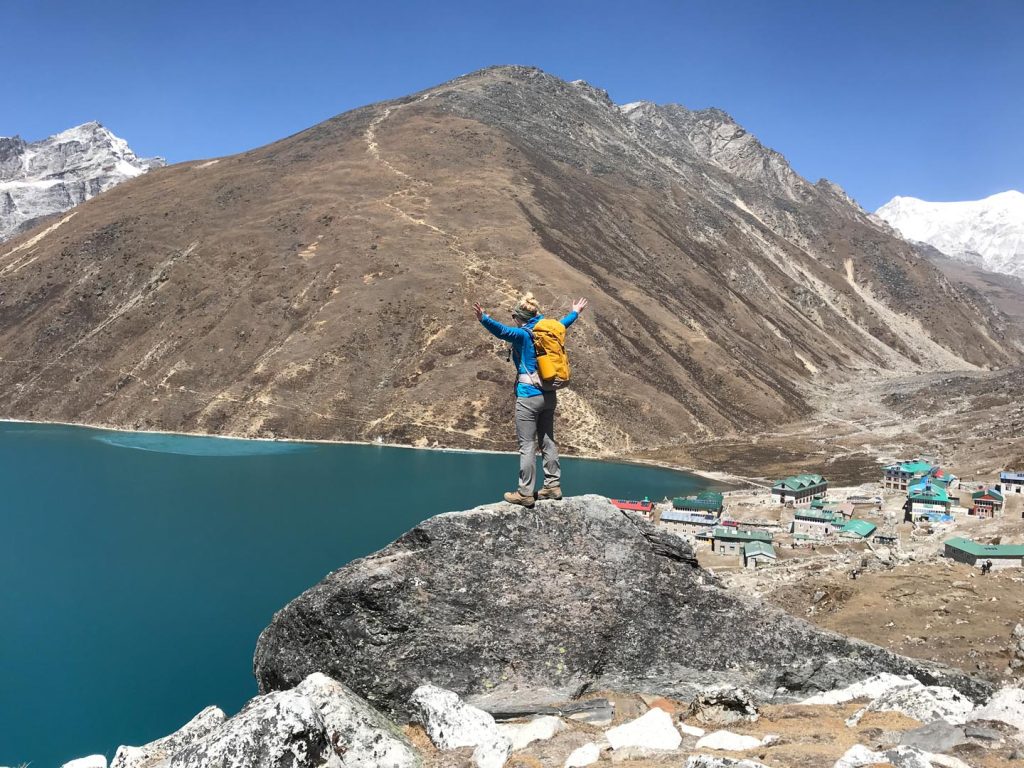
The Gokyo Lake trail takes you across several turquoise glacial lakes, hidden valleys, and stunning views from points like Gokyo Ri. The trail also features the largest glacier in Nepal’s Himalayas, Ngozumpa Glacier.
Everest Three Passes Trek
A high-altitude adventure in the Sagarmatha National Park awaits the seasoned trekkers in the form of the Everest Three Passes trek taking you on a thrilling journey crossing the Cho La, Kongma La, and Renjo La passes in this region.
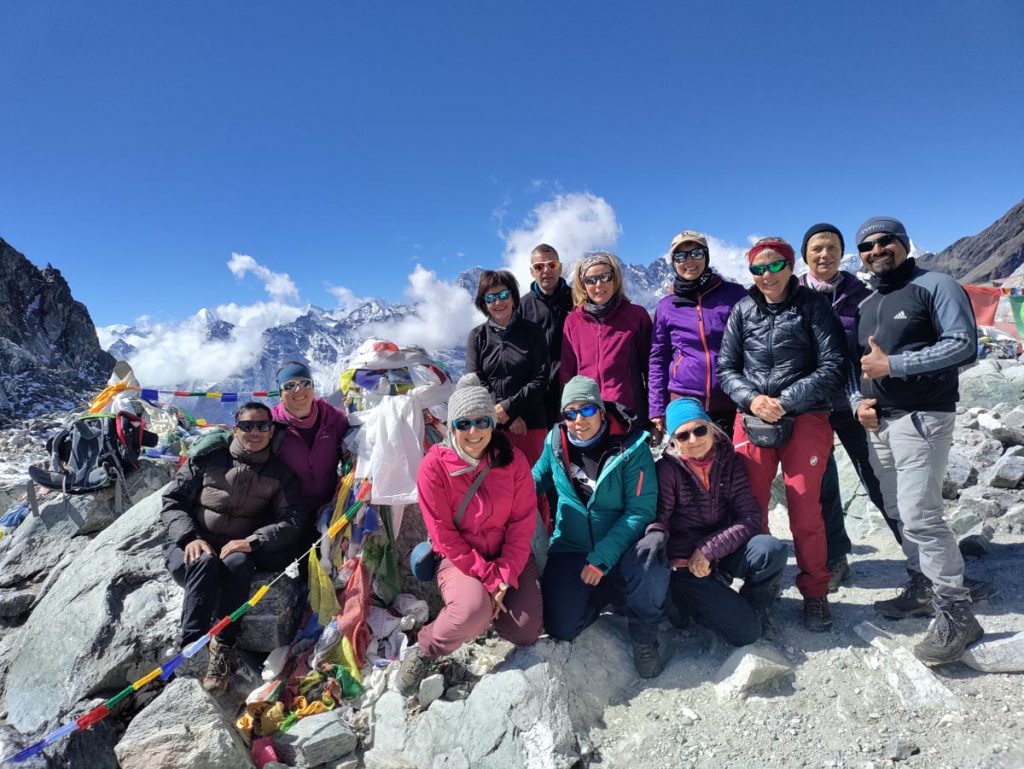
The trek encompasses three high passes of the region and offers stunning views of gigantic 8000-ers like Mt. Everest, Makalu, Lhotse, Cho Oyu, as well as the Ngozumpa glacier.
Gokyo to Everest Base Camp Trek
For those wanting a more elaborate experience, the region also houses the Gokyo to Everest Base Camp Trek which is also known as the Everest Circuit trek.
This one is an adventure encompassing the dream journey to the Everest Base Camp combined with the majestic beauty of Gokyo Lake and the stunning views from Gokyo Ri.
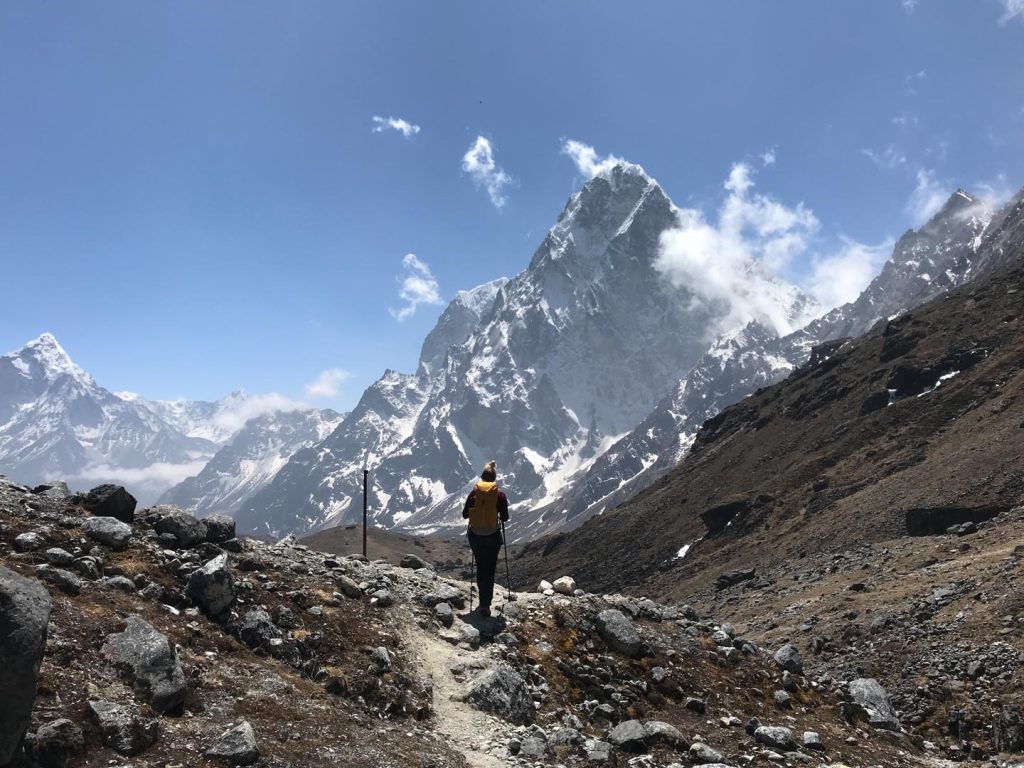
With the adventure, all these treks bring equal challenges while testing your endurance and spirit as you traverse across the stunning panoramas of the Sagarmatha National Park.
Mountaineering Expeditions
With the main attraction of the Sagarmatha National Park being the soaring Himalayan giants, mountaineering expeditions have become an obvious yet fascinating attraction of the region.
Mt. Everest Climbing
For people whose adrenaline rush is not satisfied with a mere trek up to the foot of Everest, you can further go on to the ultimate Everest adventure which is climbing Mt. Everest.
Island Peak Climbing
Island peak climbing makes your dream of summiting a Himalayan peak come true as you conquer the 6,187 m mountain located in the bustling Khumbu range of the Himalayas.
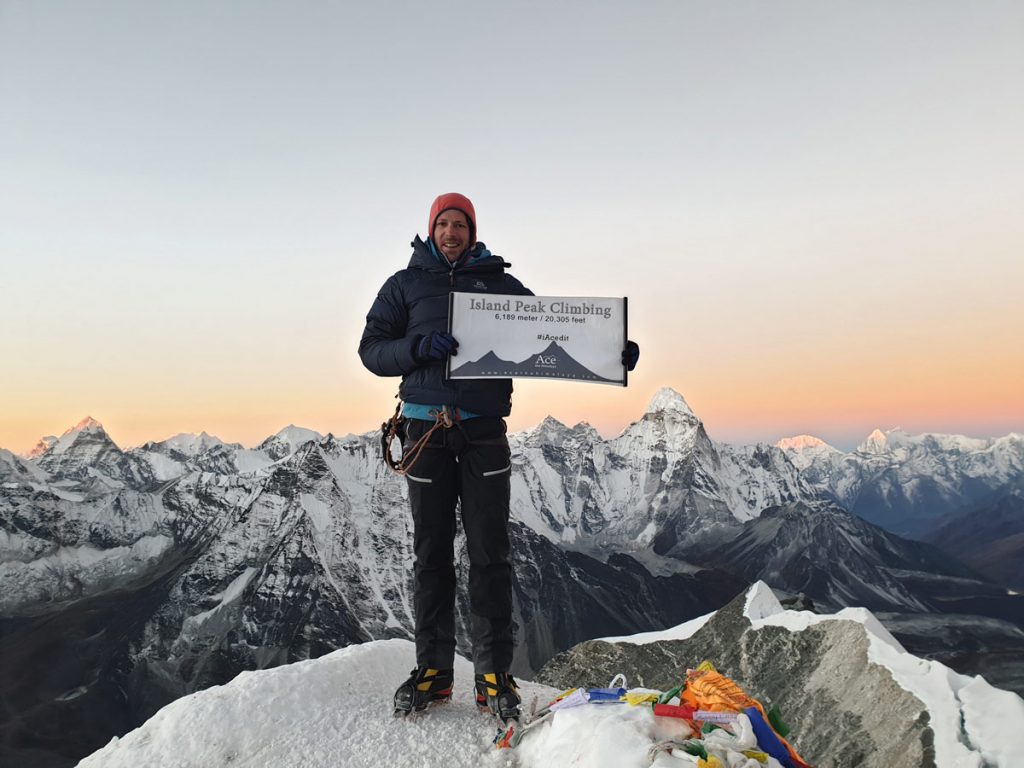
This experience is perfect for those wanting to prepare themselves for higher mountain adventures while not missing out on the best panoramas from the top of a mountain.
Lobuche Climbing
Summiting the famous Lobuche Peak at an altitude of 6,119 m is another adventure for people wanting to get a taste of mountaineering as it is adventurous but not as strenuous as other higher peaks.
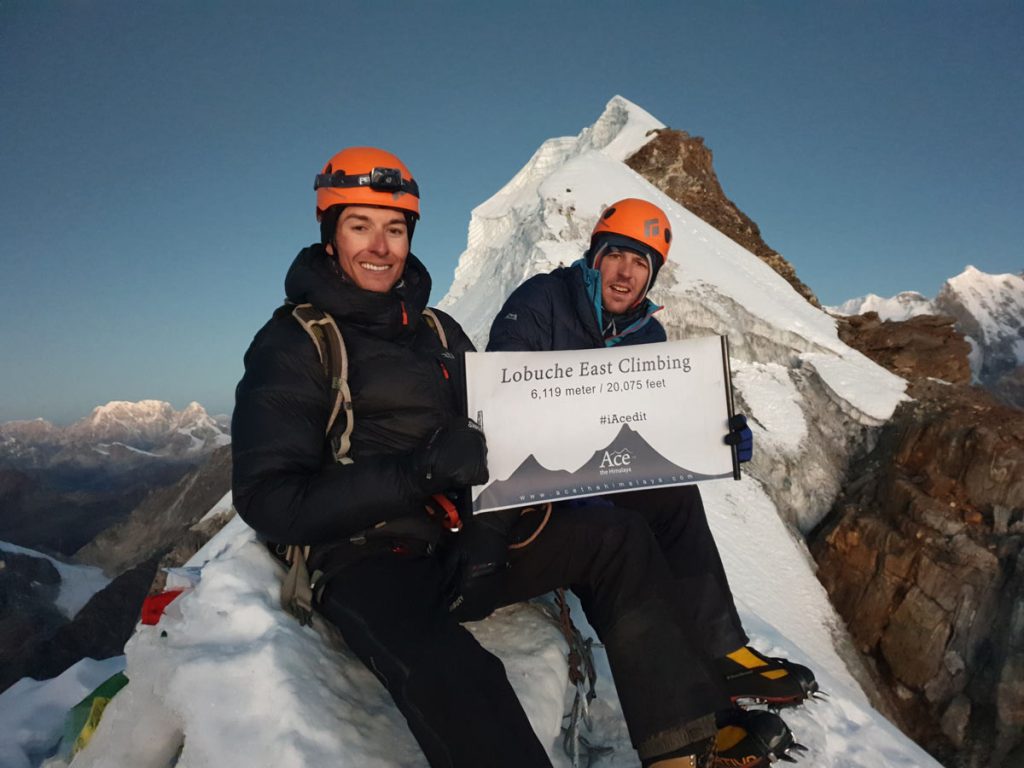
Visitors can get stunning panoramas of the Everest range and also prepare themselves for more challenging adventures like Ama Dablam or Mt. Everest itself.
For people wanting to get a taste of trekking as well as climbing, you can opt for Everest Base Camp and Lobuche East expedition which includes Lobuche climbing with the EBC trek, also aiding with the acclimatization process.
Ama Dablam Expedition
Another satisfactory and adventurous climb in the Sagarmatha National Park is the Ama Dablam expedition where you conquer one of the grand peaks of the Himalayas, Ama Dablam at an altitude of 6,856 m.
During this expedition, you will be getting to the top of the peak via the original ascent line at the Southwest ridge and get an experience unlike any other. You can also take this as a part of preparing for the giant that is Mt. Everest.
Viewpoints
The Sagarmatha National Park features numerous viewpoints allowing the visitors an unobstructed view of the Himalayan giants while being immersed in the grandeur of the region.
Among the wide range of options, some of the best viewpoints in the Everest region include points like Kalapatthar, Gokyo Ri, Renjo La Pass, Chukkung Ri, Nangkartshang Peak, Tengboche, and Hotel Everest View.
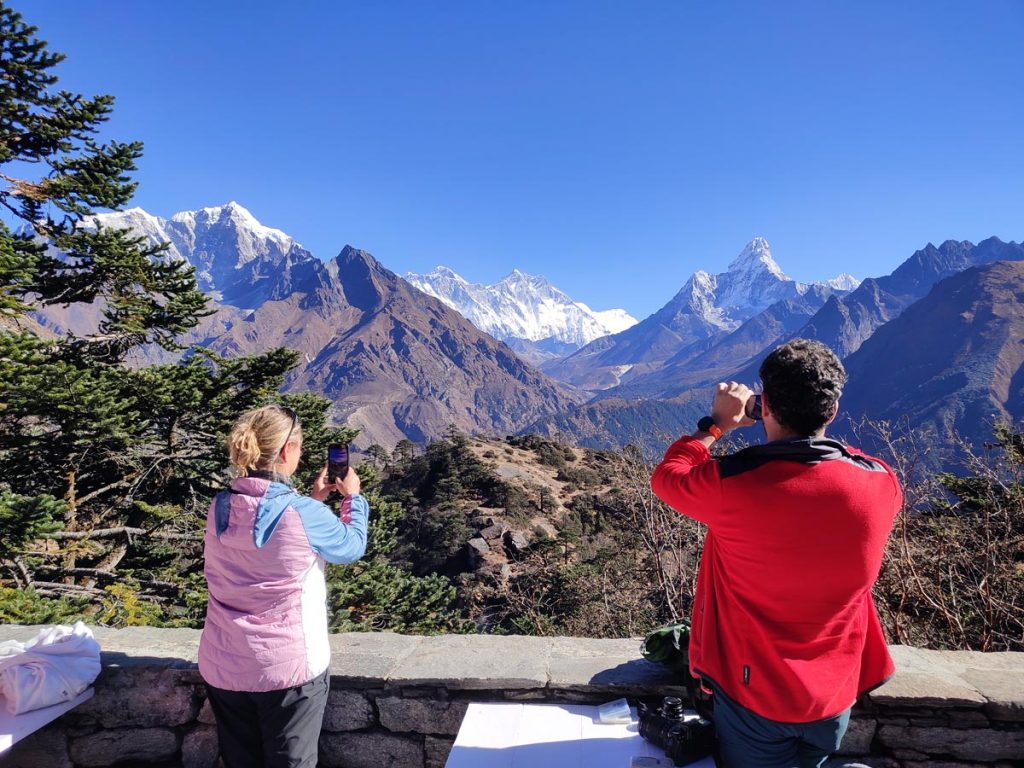
Kalapatthar is a challenge higher than the EBC itself at an altitude of 5,555 m (18,225 ft) which unfolds breathtaking views of the south face of Everest. Other sights include that of Lhotse, Nuptse, and Changste.
Perched atop a mountain ridge, the Tengboche monastery offers heavenly views of the Himalayas from an altitude of 3,867 m which become even more surreal during sunrise and sunset.
For those wanting a breathtaking view amidst the comfort of a hotel room, Hotel Everest View comes to the rescue being the highest-placed hotel in the world. It boasts the best views of many Himalayan giants of the Everest region.
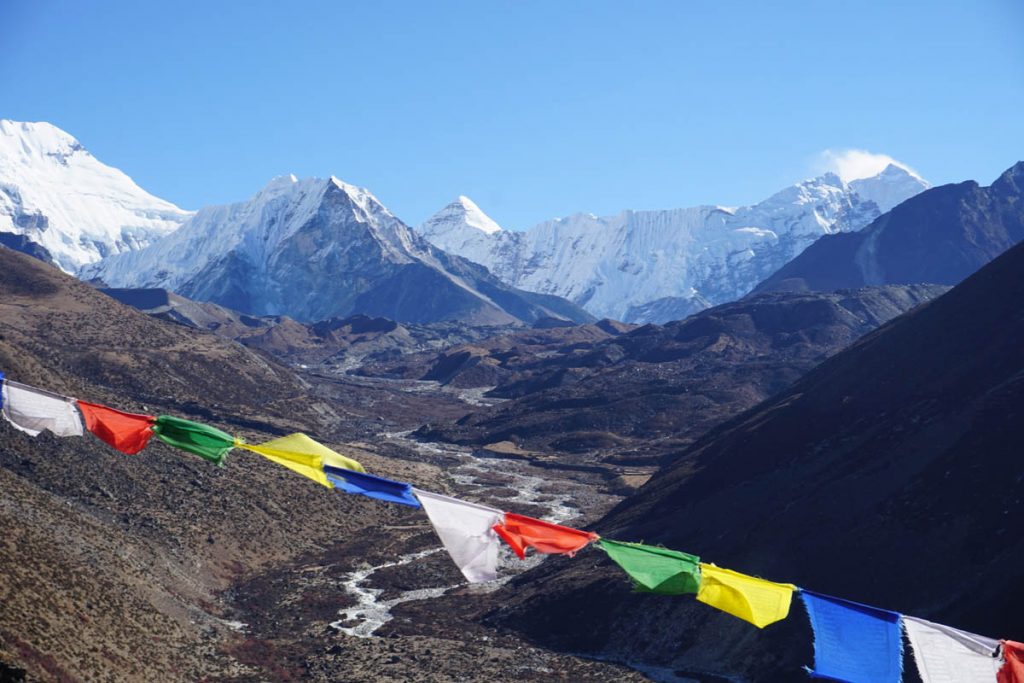
Gokyo Ri and Nangkartshang Peak also boast stunning views of the Everest region while being fascinating destinations in themselves. Namche Bazaar is also a popular viewpoint along with being the cultural hotspot of the region.
Planning your visit
Permits and Regulations
As the Sagarmatha National Park is a conserved area, visitors require permits to enter the region and explore it. These permits have been mandated in the region to ensure responsible tourism and also for the security of the visitors.
Visitors will need a Trekker’s Information Management System (TIMS) permit, the Sagarmatha National Park permit, and the Khumbu Pasang Lhamu rural municipality entrance card.
These permits cost a certain amount based on your nationality and can be easily acquired in Kathmandu as well as Namche Bazaar.
Packing Essentials
If you are planning to explore the Sagarmatha National Park, you will be coming across a wide range of climates while facing several altitude-related challenges and temperature fluctuations.
You might also be at the risk of not finding your familiar comforts at several places as you will be traversing the rugged terrains of the Himalayas. Therefore, you must pack your bags thoroughly.
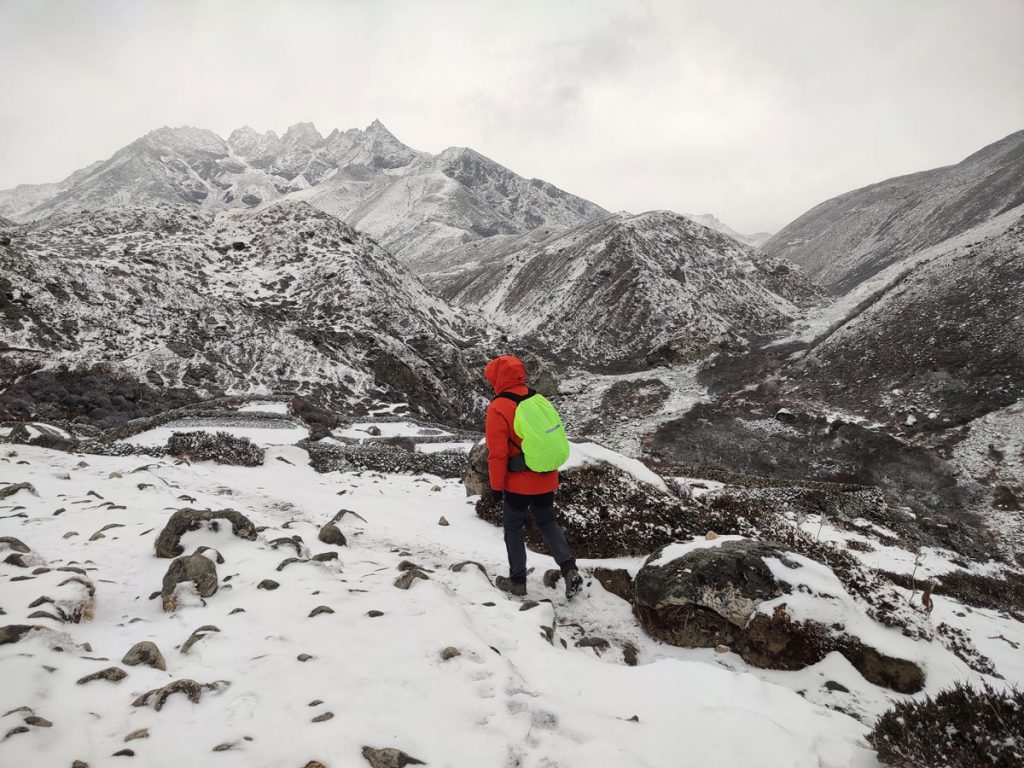
Basic packing essentials include clothing to tackle extreme temperatures, sturdy shoes, layers of clothing essentials, documents, and such things. Beyond this, sun protection, toiletries, first aid kits, good bags, and jackets are a must-have.
If you are embarking on a trekking adventure in the region, you will need a completely detailed packing list to ensure a journey safe and comfortable. You might want to take a look at our packing list for Everest Base Camp trek.
Best time to visit Sagarmatha National Park
Figuring out the best time to visit the Sagarmatha National Park allows you to make the best out of your time in the region along with preparing you beforehand for the challenges and adventures awaiting you.
The best time to visit this region is typically during the months of spring (March to May) and autumn (September to November). This is because these months feature clear skies providing you with unobstructed panoramas of the region.
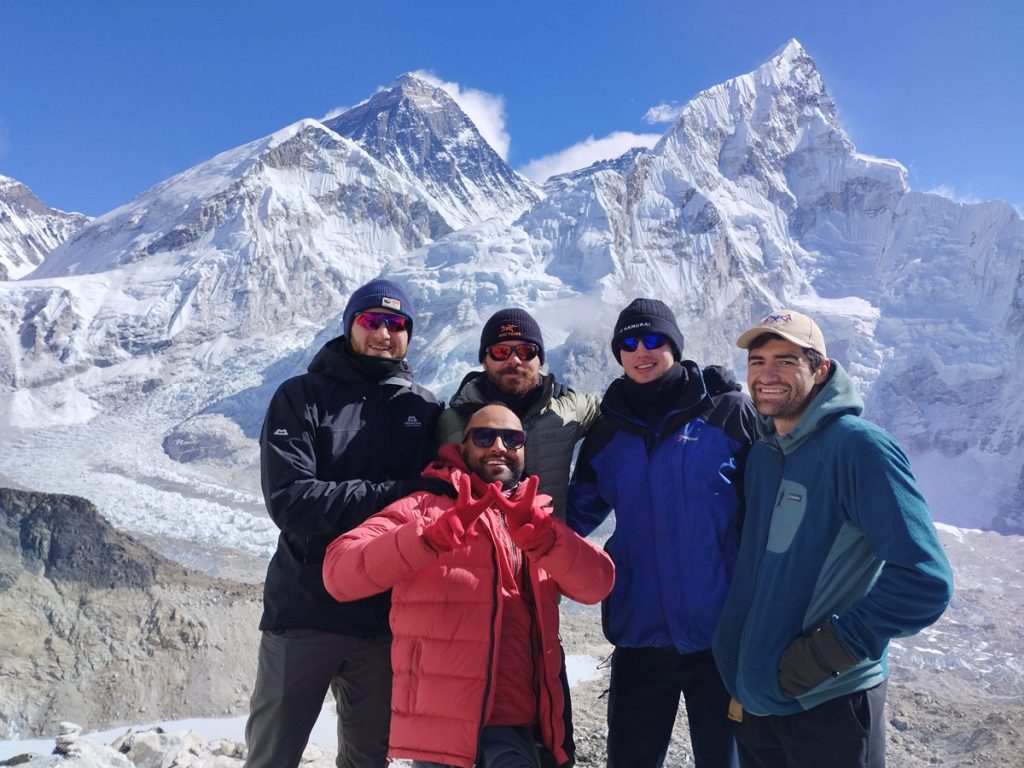
Besides that, the temperatures during these seasons are also bearable as compared to that of the extremes of winter. Although the monsoons in this region are not as extreme, chances are you might still encounter sudden downpours.
For trekking enthusiasts, many factors decide the suitable season. Therefore, you should read our detailed guide on the best time for Everest Base Camp trek.
Additional Tips
- As a general rule, visitors are expected to not disturb or harm the protected flora and fauna of the region.
- Responsible tourism must be ensured and the ‘leave no trace’ policy should be followed. Do not throw your trash anywhere in the park area.
- The ecosystem of Sagarmatha National Park is as fragile as it is. So if you can, you are encouraged to help with waste management while carrying some of the trash out during your exploration.
- This region is big on cultural values. Therefore, visitors are highly encouraged to understand and respect the local culture and traditions. Dressing modestly is advisable, especially at religious sites.
Conclusion
The majesty of Sagarmatha National Park lies well beyond the exploration of the Himalayas. It is a journey offering a blend of adventures, wildlife, natural beauty, and a majestic symphony of cultures.
The unforgettable adventure of Sagarmatha awaits you. However, be mindful to tread lightly in this delicate environment and contribute to maintaining its sanctity.
